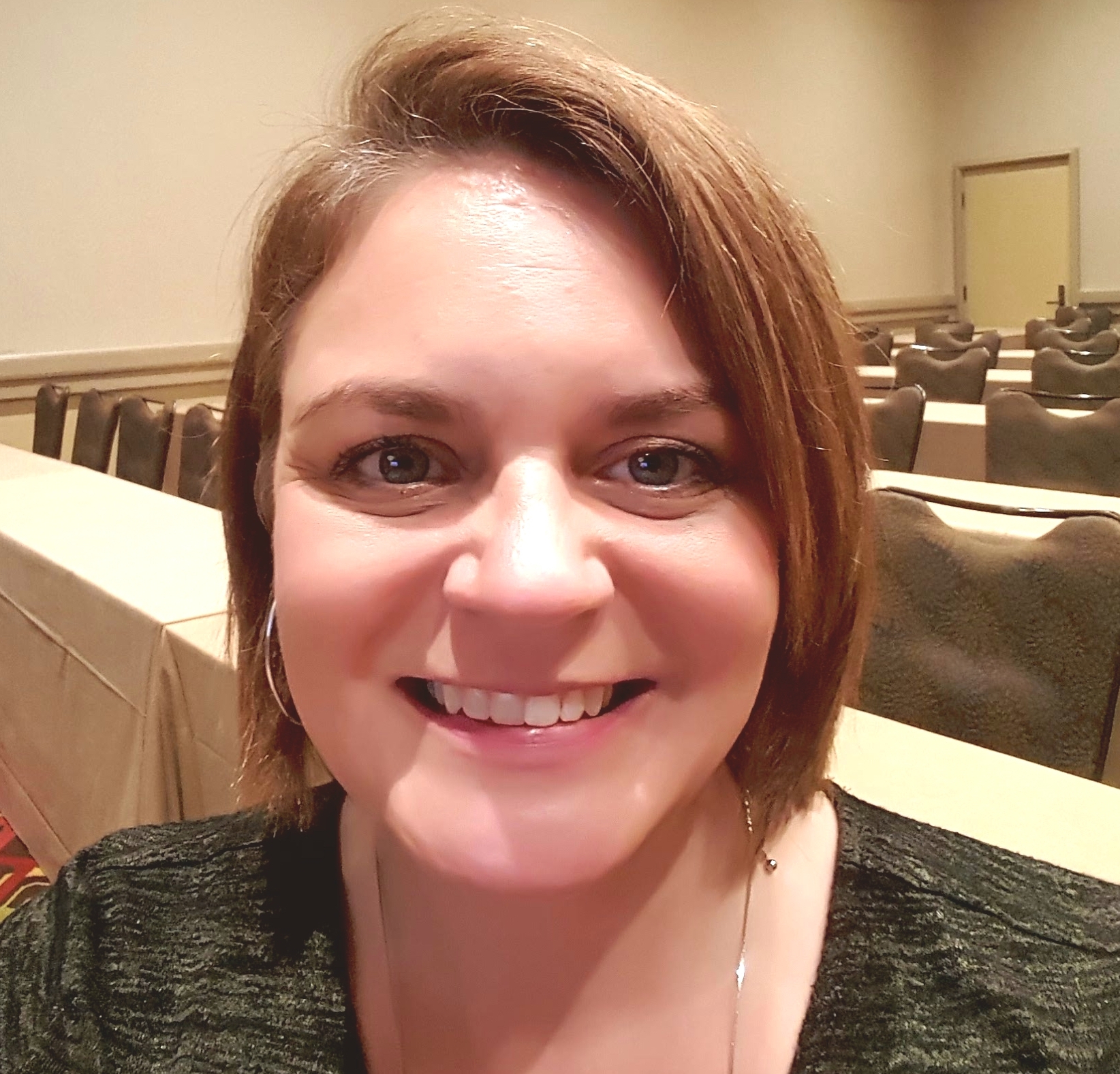
Well over a decade ago William White spoke at an annual ATTC Network meeting. I was still relatively new to the field then, busy soaking up new knowledge and skills. The focus of the meeting was on recovery oriented systems of care (ROSC). ATTCs were learning about the concept and debating whether the term would stick once a new administration came into office. Initially, I was fixated on the conceptual map, the graphical illustration of what “a ROSC” would look like. I tend to think in visuals, and so this was my way of grappling with the concept. Then Dr. White said the one thing that has stuck with me for the rest of my career. As he was dispelling the myth that people with substance use disorders need to “hit bottom,” he explained that the field and the public at large needed to make a fundamental shift in our thinking about addiction. He described that addiction is not an absence of pain. It’s not about how low a person has to go or how badly they have to feel before they can get well.
Rather, he announced, addiction is about an absence of HOPE.
Hope is a powerful emotion. It requires a belief, a faith, that things can be better. Hope has the ability to change individuals, and even societies. Hope can fuel a movement. Hope allows us to look at the most horrible situation and say, “and yet.”
Recently, my hope was tested. I was trying, desperately, to get a family member into treatment. Many of us have been there. It’s ugly and frustrating and confusing. Our system is broken. I was feeling broken. At one point in my long conversations with this family member, I reached back in my memory and pulled the thread that had been planted there by Dr. White all those years ago. I explained that I knew she had experienced pain, that I didn’t think she had to go through any more pain. She was worthy of happiness and wellness. What she needed was hope. In that moment, I realized that was also what I needed — hope. So I did what all people do these days when they are trying to figure out a solution to a complex problem — I googled it. “Google, what is hope?” I asked. Google reached into the corners of cyber space and delivered a poem from Emily Dickson. The first stanza reads,
'Hope' is the thing with feathers—
That perches in the soul—
And sings the tune without the words—
And never stops—at all—
I recited this stanza over and over. It became my mantra that renewed my energy to fight to get my family member into treatment. Phone call after phone call when we kept getting told no, I would think of this poem and say to myself, “and yet.” We were finally able to find a wonderful program for my family member. She is now eight months into her recovery journey. After years of pain, hope is winning.
"National Recovery Month is sponsored by the Substance Abuse and Mental Health Services Administration (SAMHSA). Recovery Month aims to increase awareness and understanding of mental and substance use disorders, and celebrate the millions of Americans who are living in recovery. Recovery Month helps to educate Americans about the benefits of mental and substance use disorder treatment and recovery services and to promote the message that behavioral health is essential to overall health, prevention works, treatment is effective, and people can and do recover. "
--SAMHSA
"The 2018 Recovery Month theme, “Join the Voices for Recovery: Invest in Health, Home, Purpose, and Community,” explores how integrated care, a strong community, sense of purpose, and leadership contributes to effective treatments that sustain the recovery of persons with mental and substance use disorders. The 2018 observance also aims to increase awareness and encourage audiences to take advantage of the increased dialogue around behavioral health needs and the increased emphasis on tackling our nation’s opioid crisis."— SAMHSA Recovery Month Toolkit
To me, the purpose of Recovery Month is to tell as many people as possible in the loudest way possible that there is HOPE. I am regularly amazed and inspired by the personal and professional successes of my friends and colleagues in recovery. Recovery Month is our time to celebrate these achievements, to celebrate the possibility of hope. While we are barraged with images and stories of the pain and desperation of mental health and substance use disorders, Recovery Month provides us the platform to shout, “AND YET.” And yet there are 21+ million people in recovery from substance use disorders. And yet many people enter their recovery journey every day. And yet there are new interventions and medications under development that have the potential to help even more people enter into recovery. And yet people in recovery are leaders in political movements, religious organizations, and businesses. And yet people in recovery have the power to end cycles of violence and poverty in family systems. And yet, and yet, and yet.
This September communities across the nation are joining together as they celebrate individuals in recovery and those who work in the field and make recovery possible. As mental and substance use disorders know no boundaries, it is essential to work as one voice to help our family, friends, neighbors, classmates, and coworkers who are in need of services or are living their lives in recovery to know that there is help, hope and support. In 2017, more than 1,600 events took place throughout the nation, honoring the hope of living in recovery. Join the voices of recovery in your community. Find an event at https://www.recoverymonth.gov/.
Or, use SAMHSA's Recovery Month Toolkit to host your own event. Start small and grow. Tell people about recovery. Spread hope.